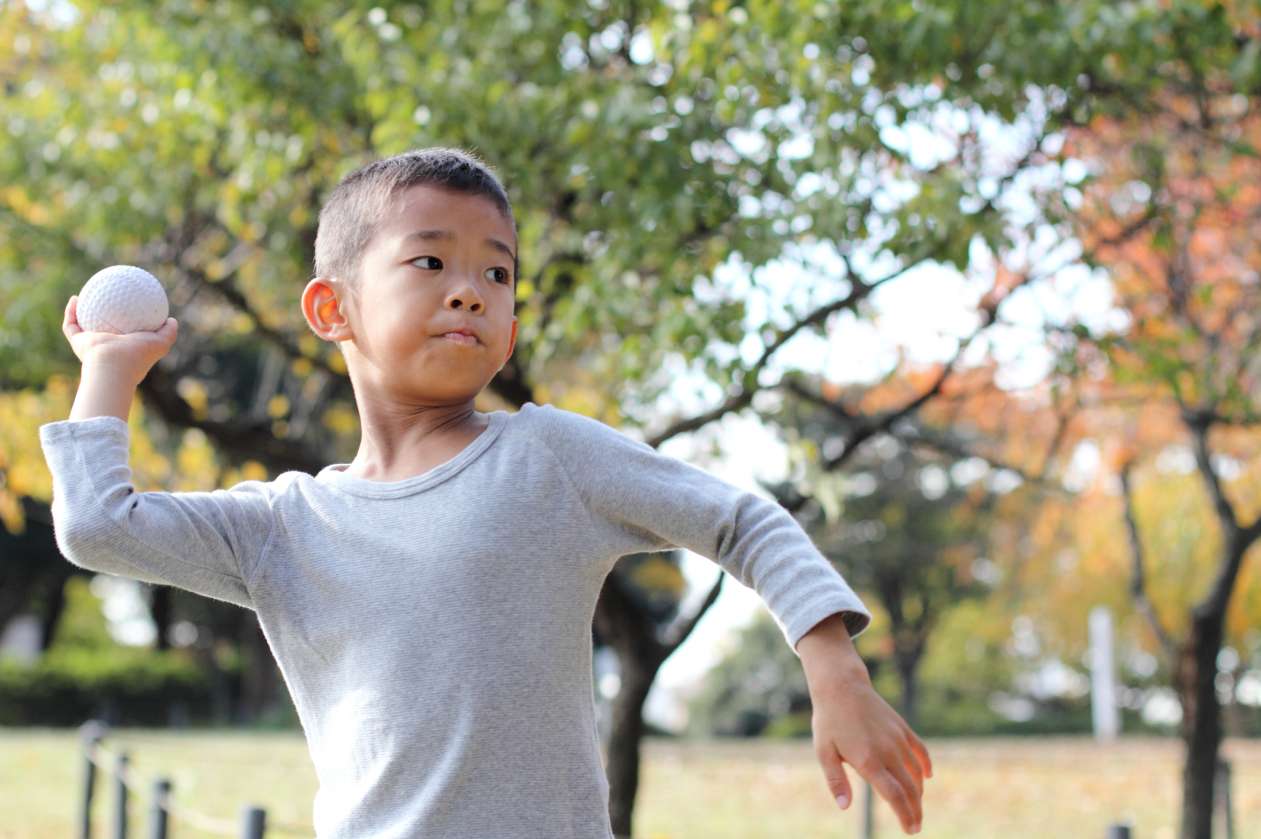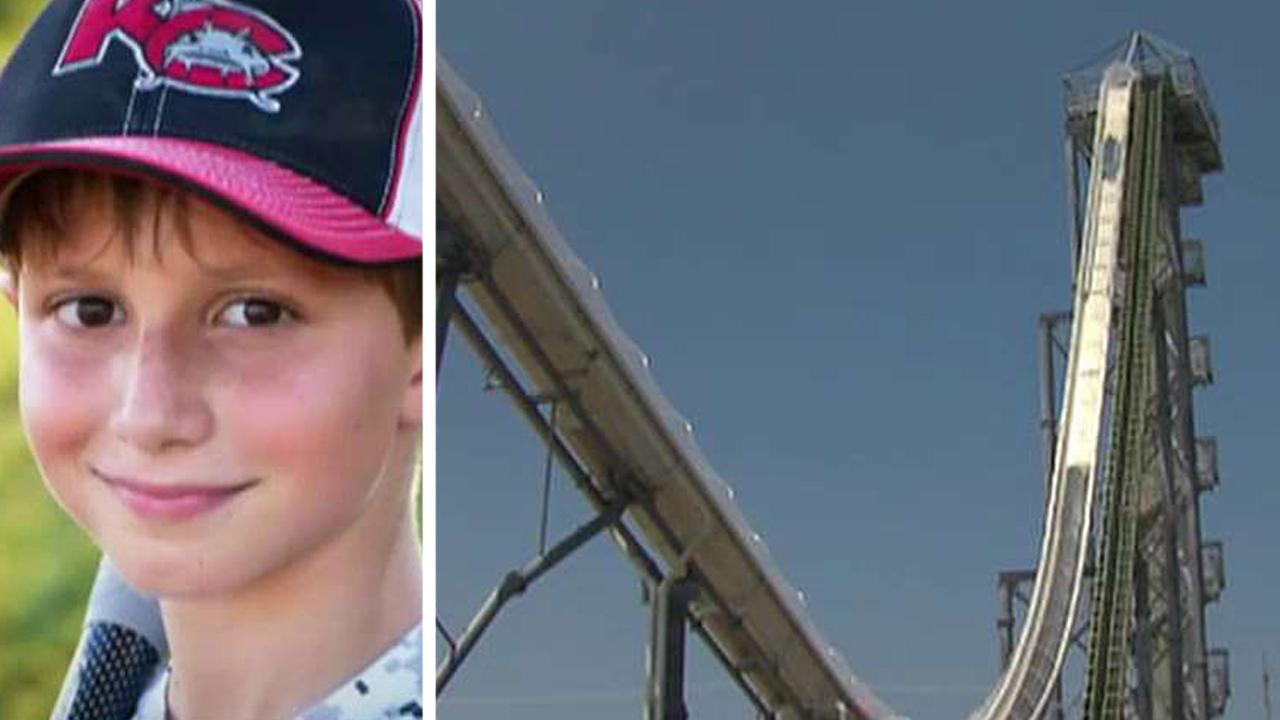Boy hit by drone – it’s a chilling scenario, highlighting the growing need for responsible drone operation. This isn’t just about a single incident; it’s a wake-up call about the potential dangers of unregulated drone use in populated areas. We’ll explore the various factors contributing to such accidents, from the types of drones involved to the resulting injuries and long-term impacts on victims.
Understanding the risks is the first step toward preventing future tragedies.
This investigation will delve into the specifics of drone-related accidents involving children, examining real-world scenarios and the resulting physical and psychological trauma. We’ll also cover existing safety regulations, legal implications for drone operators, and technological solutions aimed at preventing similar incidents. Ultimately, we aim to provide a comprehensive understanding of the issue and advocate for safer drone practices.
A Boy Hit by a Drone: Understanding the Risks and Implementing Solutions: Boy Hit By Drone
The increasing popularity of drones presents both exciting possibilities and unforeseen risks. One particularly concerning scenario involves a drone striking a person, as illustrated by the case of a boy injured in a drone accident. This article examines the incident, explores relevant safety regulations, analyzes the medical and psychological impacts, proposes public awareness initiatives, and suggests technological solutions to prevent similar occurrences.
A boy being hit by a drone is a serious safety concern, highlighting the need for responsible drone operation. This incident makes you think about larger-scale drone accidents, like the one reported in Paris – check out the details here: drone crash paris. Understanding the potential consequences, from minor injuries to major incidents, is crucial for preventing future accidents involving drones and people.
The Incident: A Boy Struck by a Drone

Several scenarios could lead to a child being hit by a drone. These include malfunctioning drones, operator error (loss of control, reckless flying), or unpredictable environmental factors (strong winds causing a drone to veer off course). The type of drone involved significantly impacts the severity of the incident. A larger, heavier drone, perhaps a commercial model with robust propellers, will inflict more damage than a small, lightweight toy drone.
Features like a camera or additional payloads add weight and could increase the impact force.
The boy might sustain various injuries, ranging from minor bruises and lacerations to severe head trauma, broken bones, and internal bleeding, depending on the drone’s size, speed, and the impact location.
Imagine this: Ten-year-old Alex was playing in his backyard when a sudden whooshing sound filled the air. Before he could react, a large, black drone, its propellers whirring menacingly, descended from the sky, striking him on the head. The impact sent him sprawling to the ground, a sharp pain radiating through his skull. The drone lay beside him, its propellers still spinning slowly, a stark reminder of the unexpected violence.
He felt a searing pain and a wave of dizziness washed over him. The world around him blurred, the vibrant green of the grass replaced by a dizzying swirl of colors.
The immediate aftermath is a scene of chaos. Alex lies on the ground, his face pale, clutching his head. The drone, a dark, metallic object, rests nearby, its propellers slowly ceasing their frantic spin. A scattered collection of toys, previously symbols of joyful play, are now scattered across the grass, a silent testament to the sudden interruption. The air is thick with the smell of freshly cut grass, strangely juxtaposed with the metallic scent of the drone.
A growing pool of blood slowly spreads from Alex’s head, staining the once vibrant green grass a macabre crimson.
Safety Regulations and Drone Operation

Numerous regulations govern drone operation, aiming to mitigate risks. Adherence to these guidelines is crucial to prevent accidents.
| Manufacturer Guidelines | National Laws | Local Ordinances | International Standards |
|---|---|---|---|
| Specific instructions for safe operation, including altitude limits and emergency procedures. | Regulations regarding drone registration, licensing, and operational airspace restrictions. Examples include FAA regulations in the US or similar bodies in other countries. | Local laws might further restrict drone operation in specific areas like airports, schools, or parks. | International standards, such as those established by ICAO, aim to harmonize drone regulations globally. |
Legal ramifications for negligent drone operation can be severe, ranging from hefty fines to criminal charges, depending on the severity of the incident and applicable laws. Different drone models offer varying safety features, such as obstacle avoidance systems, GPS-based geofencing, and automatic return-to-home functions. Improvements such as more sophisticated obstacle detection, real-time collision avoidance, and enhanced emergency shutdown mechanisms are needed.
Responsible drone operation includes checking weather conditions, maintaining a safe distance from people and structures, and flying within designated airspace.
Medical and Psychological Impacts
The consequences of a drone impact can be profound. Immediate physical consequences could include head injuries, fractures, and soft tissue damage. Long-term effects might involve chronic pain, neurological deficits, and psychological trauma. The boy may experience post-traumatic stress disorder (PTSD), anxiety, and depression. His family may also suffer emotional distress and require support.
Support systems include counseling, therapy, and support groups for trauma victims. Medical professionals involved in treating such injuries include emergency medical technicians (EMTs), trauma surgeons, neurologists, and psychologists. The recovery process involves physical rehabilitation, such as physiotherapy and occupational therapy, and psychological support to address trauma and emotional distress.
A boy being hit by a drone is a serious safety concern, highlighting the potential risks of these increasingly popular technologies. This incident makes you think about larger-scale malfunctions, like the one described in this article about the orlando drone show malfunction , which underscores the need for better safety regulations and drone control systems. Ultimately, preventing incidents like a boy being hit requires better technology and stricter oversight.
Public Awareness and Education, Boy hit by drone
A comprehensive public awareness campaign is essential. This campaign would utilize various media channels, including public service announcements (PSAs), educational materials, and social media campaigns. PSAs would highlight the risks of irresponsible drone use, emphasizing safe operating procedures and the potential consequences of accidents. These campaigns would tailor messaging to different audiences, such as children through interactive games and adults through informative videos and workshops.
Resources for learning about safe drone operation include online courses, manufacturer guides, and government websites. Increased public awareness through educational programs and community outreach can significantly reduce the likelihood of accidents.
Technological Solutions and Prevention

Technological advancements can enhance drone safety. Improved obstacle avoidance systems using advanced sensors (LIDAR, radar, cameras) are crucial. Artificial intelligence (AI) can play a vital role in analyzing sensor data to predict and prevent collisions. Technologies like geofencing and automatic emergency landing systems can also improve safety. A potential new safety feature could be a “human detection and avoidance” system, which utilizes AI and advanced sensors to detect humans in the drone’s flight path and autonomously adjust its course to avoid a collision.
Closure
The incident of a boy being struck by a drone underscores the critical need for stricter regulations, improved drone technology, and widespread public education on responsible drone operation. While technological advancements offer potential solutions like enhanced obstacle avoidance systems, the human element remains crucial. Ultimately, preventing future accidents requires a multi-pronged approach encompassing responsible drone piloting, clear legal frameworks, and a collective commitment to safety.
Question & Answer Hub
What are the common causes of drone accidents involving children?
Seriously, drone safety is no joke! A recent incident highlighted the dangers when a boy was hit by a drone – it’s a scary thought. Check out this article for the full story: boy hit by drone. Understanding the risks involved with drones, especially around people, is crucial to prevent similar accidents from happening. Remember, responsible drone operation is key to keeping everyone safe.
Common causes include operator error (lack of awareness, negligence), malfunctioning drones, and unpredictable environmental factors (wind gusts).
What kind of compensation can a family expect after a drone accident?
Compensation depends on the severity of injuries, applicable laws, and insurance coverage. Legal counsel is crucial to determine the appropriate compensation.
Are there support groups for families affected by drone accidents?
While specific support groups dedicated to drone accidents may be limited, general trauma support groups and child injury support organizations can offer valuable assistance.
What is the role of insurance in drone accidents?
Drone operators should have adequate liability insurance to cover potential damages and injuries resulting from accidents. Policy details vary, so review coverage carefully.
